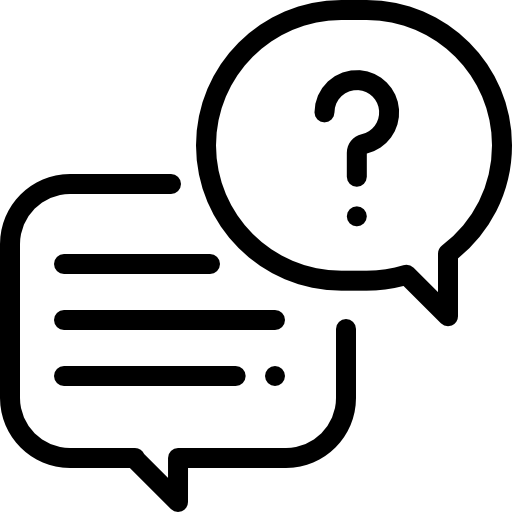Don't Buy Into These "Trends" Concerning High Quality Fakes
페이지 정보

본문
High-Quality Fakes: Understanding the Allure and Implications of Counterfeit Products
Worldwide of durable goods, a surprising phenomenon has emerged: high-quality fakes. This term describes imitations or reproductions that show a level of craftsmanship and information so authentic that they can easily be mistaken for the authentic article. These high-quality fakes can be discovered in various industries, including fashion, electronics, art, and even luxury automobiles. As the worldwide economy becomes progressively interconnected, the prevalence and appeal of these fakes raise questions about customer behavior, ethical factors to consider, and legal ramifications.

The Rise of High-Quality Fakes
The pattern of high-quality fakes can be traced back to the development of globalization and technological improvement in production. Customers are now able to access items from various parts of the world with ease, and this has actually stimulated an unofficial market for reproductions. High-quality fakes do not simply been available in the form of low-priced options; they in some cases provide comparable quality and includes to their genuine counterparts, blurring the lines in between credibility and imitation.
Elements Contributing to the High-Quality Fake Market
Technological Advancements: With boosted production processes, counterfeiters can create replicas that closely resemble initial products. Advanced techniques such as 3D printing and high-definition printing enable higher accuracy and information.
Customer Demand: As high-end products get tremendous cultural status, more customers seek budget-friendly methods to access these items. This demand has actually cultivated a market for high-quality fakes, which assure an elite experience without the associated financial burden.
Social Media Influence: Platforms like Instagram and TikTok have contributed to the presence of luxury brand names and items. The desire to imitate a lifestyle showcased by influencers has led many to look for reproductions, adding to the appeal of high-quality fakes.
Cultural Perceptions: In some cultures, owning high-end items symbolizes success and status. The failure for lots of to manage the real thing has actually given increase to the approval of counterfeits as a means to achieve this perceived status.
The Appeal of High-Quality Fakes
High-quality fakes frequently possess attributes that attract consumers, consisting of:
Affordability: They are substantially cheaper than their initial counterparts, gefälschtes geld bestellen making them accessible to people who might not afford high-end products.
Comparable Aesthetics: Many high-quality fakes look almost indistinguishable from genuine products, enabling customers to delight in the visual appeal without the financial strain.
Social Acceptance: In circles where luxury or branded items symbolize social standing, high-quality fakes may be concerned as appropriate options.
Increased Availability: As online shopping platforms multiply, so does the availability of high-quality fakes, making it simple for consumers to purchase what they prefer.
Ethical Considerations
While the attraction of high-quality fakes is reasonable, ethical considerations abound. Counterfeiting raises substantial legal issues and ethical problems. Genuine brands invest considerable resources into their items, making sure quality, sustainability, and brand stability. The expansion of high-quality fakes undermines these efforts, potentially hurting brand track record and customer trust.
In addition, the counterfeit market can be linked to wider problems, including exploitation of labor and negative ecological impacts from uncontrolled production processes. For instance, counterfeit production frequently occurs in factories with bad working conditions or insufficient labor defenses, raising questions about social responsibility and ethical consumption.
The Legal Landscape
The battle against counterfeit items is not just ethical but likewise legal. There are numerous laws and regulations in location to safeguard copyright rights. In lots of jurisdictions, the production and sale of counterfeit products can lead to extreme penalties, consisting of fines and imprisonment. Brands often pursue aggressive legal action against counterfeiters to secure their copyright.
What Governments Are Doing
Federal governments have put procedures in place to fight the spread of counterfeit items. Here are some typical methods:
Strict Trademark Laws: Enhancing existing laws to provide higher protection for hallmarks and patents.
Improved Customs Enforcement: Increasing scrutiny and assessment of imported items to prevent counterfeit items from entering the market.
Public Awareness Campaigns: Educating consumers about the risks associated with buying counterfeit products, including safety concerns and possible legal implications.
Cooperation with Brands: Collaborating with brand name owners to recognize counterfeit networks and enforce existing laws.
Consumer Awareness and Responsibility
With the exponential development of high-quality fakes, customers need to work out discernment and duty in their getting decisions. Recognizing the distinction between authentic and counterfeit products can conserve customers from legal difficulties and ethical issues.
Tips for Identifying High-Quality Fakes
Research Products: Before purchasing, research study the specific item, its functions, and rate variety.
Inspect Authenticity Features: Many high-end brand names include specific credibility markers, such as holograms or serial numbers, to verify genuine items.
Examine Quality: Look at the craftsmanship. High-quality fakes might look good on the surface area however frequently lack the exact same attention to information in materials and building.
Buy From Reputable Sources: Buy from authorized dealers or relied on merchants to guarantee the authenticity of the products.
Trust Your Instincts: If a deal appears too excellent to be real, it typically is. High-quality items held at rates considerably listed below market worths can show a fake.
Regularly Asked Questions (FAQs)
Q1: Are high-quality fakes illegal?Yes, the production and sale of counterfeit products are illegal in most nations. Counterfeiters can deal with serious penalties, while customers might also face consequences if acquiring purposefully.
Q2: How can I tell if a product is a high-quality fake?Research study the brand, check for credibility functions, take a look at the craftsmanship, and compare prices with licensed retailers to identify prospective fakes.
Q3: Are all high-quality fakes of bad quality?Not always. Some high-quality fakes can carefully imitate the original products and might have acceptable quality, however they remain unlawful and unethical.
Q4: Why do individuals buy high-quality fakes?Lots of purchasers are inspired by price, the desire for status, social media influence, and ease of access.
Q5: Is it ethical to purchase high-quality fakes?This is subjective. While some argue it provides a form of expression or disobedience versus consumerism, others consider it dishonest due to the repercussions for genuine brand names and the possible exploitation included.
In conclusion, high-quality fakes show an intricate crossway of consumer habits, financial factors, and ethical factors to consider. While they use an attractive choice for cost-conscious buyers looking for luxury experiences, browsing the ramifications of counterfeiting is important for promoting responsible consumption and supporting brand name stability. As awareness grows, consumers' options will play an essential role in shaping the future of this controversial market.
- 이전글See What Windows And Doors Upvc Tricks The Celebs Are Utilizing 25.07.02
- 다음글5 Must-Know-Practices Of Buying A Driving License Online For 2024 25.07.02
댓글목록
등록된 댓글이 없습니다.







